Table of Contents

Marble countertops can be one of the best financial investments a homeowners or business owner can make to improve any interior design. Marble is rich with history, life, and character, so that every slab could be its own unique work of art that can be admired for thousands of years to come. There is a reason why humans have been building with it since the Greco-Roman era; marble is worth having and coveting.
However, not all marbles are made the same. Two very distinct marbles have risen atop the ladder of stone interior design which can be easily confused if one is not knowledgeable. These two stones are Carrara and Calacatta marble. From the onset, it is easy to see why these names can get confused together.
While Carrara and Calacatta marble share many similarities, we are here to educate you on how to differentiate between them, and help you determine which marble stone is right for your project.
Carrara and Calacatta Similarities
Carrara and Calacatta marble stones are both marble stones, so they will have many shared qualities that make them easily confused.
Origin
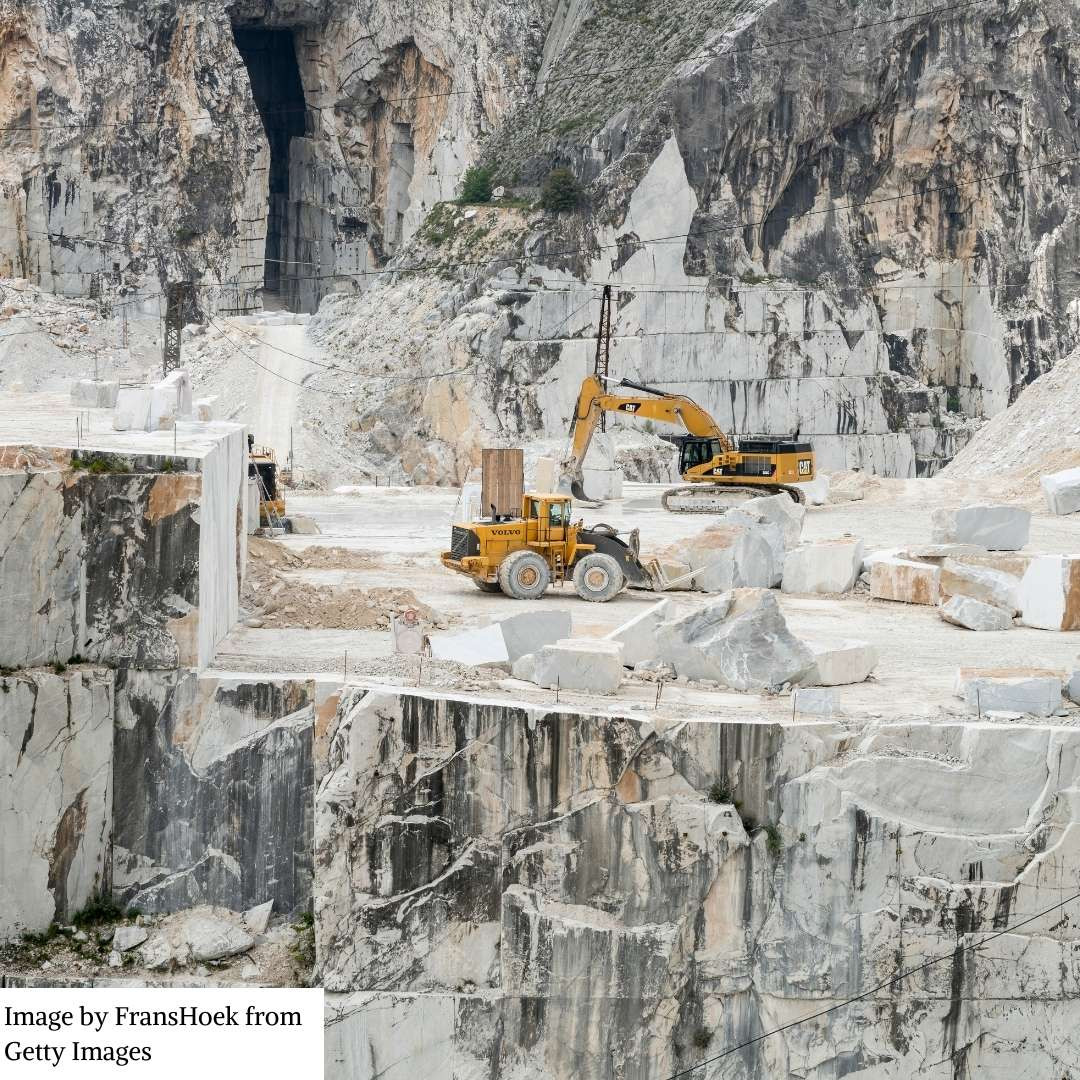
Both carrara and Calacatta marble are quarried from Tuscany, Italy. For thousands of years, these stones have been exclusively mined from this region, cut to size, and shipped all around the world. These quarries are spaced out around the mountains of Carrara.
Structural Integrity
Carrara and Calacatta are both marble stones, meaning they will have the same composition as most other marble stones. Since they are based in the same region, they will have near identical structural composition to determine their hardness, durability, heat resistance, and care level. It should be known that marble stones are weaker than other stones on the market.
· Hardness: Marble has a low hardness level, making it very delicate and susceptible to scratches.
· Porosity: Marble is known to be very porous, making it exceptionally vulnerable to staining and etching. Without proper care, marble stains could be a sign for a complete stone replacement.
· Durability: Marble stone can handle some level of damage, but it is still incredibly soft and fragile so that too much pressure will cause it to crack or break.
· Heat Resistance: Surprisingly, marble is extraordinarily capable of managing heat and high temperatures. Marble is a metamorphic rock, which means that it was made in a process where magma or lava heats the stone, and it is slowly cooled for a long time. This process is also the reason why marble is porous to account for the heat escaping.
· Care Guide: Marble requires very specific cleaning agents or soft cleaning techniques in order to keep it healthy and strong. It should only be cleaned with a soft microfiber cloth and a mild dish soap or specific marble stone cleaner. Consult your marble supplier and warranty regarding how to clean marble as strong cleaners like bleach or vinegar will damage it.
Application
Regardless of whether you are choosing Carrara or Calacatta marble, they can both be used to upgrade any room into a space of glamorous luxury. The stones are beautiful to capture everyone’s attention that they should be optimally placed in locations where they can be admired easily, cared for effectively, but not overstressed with active use. Some of the most common places to install Carrara or Calacatta marble are:
· Kitchen countertops
· Kitchen backsplash
· Bathroom vanity
· Bathroom backsplash
· Bathroom wall
· Bathroom floor
· Hot tub surround
· Fireplace surround
· Butler pantry
· Wash station
· Indoor bar
[get_quote]
Carrara and Calacatta Differences
Looking deep within, Carrara and Calacatta can be considered the same stone because they are both marble stones. However, while it is good to always look more than surface deep, a stone’s surface can tell you all the differences between stones of similar composition.
Design
Carrara marble has a softer and gentler appearance than Calacatta marble. The white base stone is less blinding, carefully capturing your attention and pulling you in for a comforting space where you can rest your eyes and be at ease with its lovely designs. The light gray veins can have a hue of blue, which can make any viewer subconsciously feel happier and more at ease since blue is often associated with the color of happiness and joy.
On the other hand, Calacatta marble has a much richer white base slab which many homeowners and service professionals associate with as more luxurious and admirable. It has a smoother style that grabs your attention with its brighter color, holding you in and demanding your attention. It reflects light with such vibrance that it surprises its viewers with its astonishing glow that people cannot help but fall in love with it. The gray veins are bold and prominent where you could have a wonderful game of following the veins around the kitchen or bathroom so see where the veins will take you next. Sometimes the veins can be different shades like dark gray, beige, deep brown, or even gold to give an extra look of lavish living.
Availability
Carrara marble is one of the most common and readily available marble stones being released from Carrara, Italy. Despite its ease of availability, Carrara marble is still considered a luxury product due to it being obtained from one location. This can prove problematic on the market when there is a shortage, making the stone more valuable and difficult to obtain for residential or commercial use.
Calacatta marble is exceptionally harder to obtain as locating the specific style of Calacatta without breaking the stone during the mining process will make each slab a rare commodity. Marble companies may have some slabs of Calacatta accessible, but if there is a shortage where the quarries are not uncovering enough material, then it will be a treasure hunt to find a slab.
Cost
There is no hiding it, Carrara and Calacatta marble are both expensive. But they drastically range in price where one can be more affordable with proper budgeting. However, the price of stone will vary on several factors:
· Project complexity
· Availability
· Location
· Travel
· Labor
· Additional Work
To keep things simple, then we will focus specifically on the average price of each piece.
Carrara marble can cost anywhere from $40-$75 per square foot. This is the most common and affordable type of marble that will be easier to obtain.
Calacatta marble will be very costly, being priced from $100-$180 per square foot. Calacatta is known as one of the most expensive marble countertops to install, and there is no way around the expensive price point.
One of the biggest reasons marble is so expensive is because of the history associated with the stone. Because it has been used throughout human history for royal spaces, monuments, famous statues, and an assortment of other interior design projects, you are buying the history and prestige of marble instead of a sturdy mineral.
[get_quote]
Carrara vs Calacatta: Which Is Better?
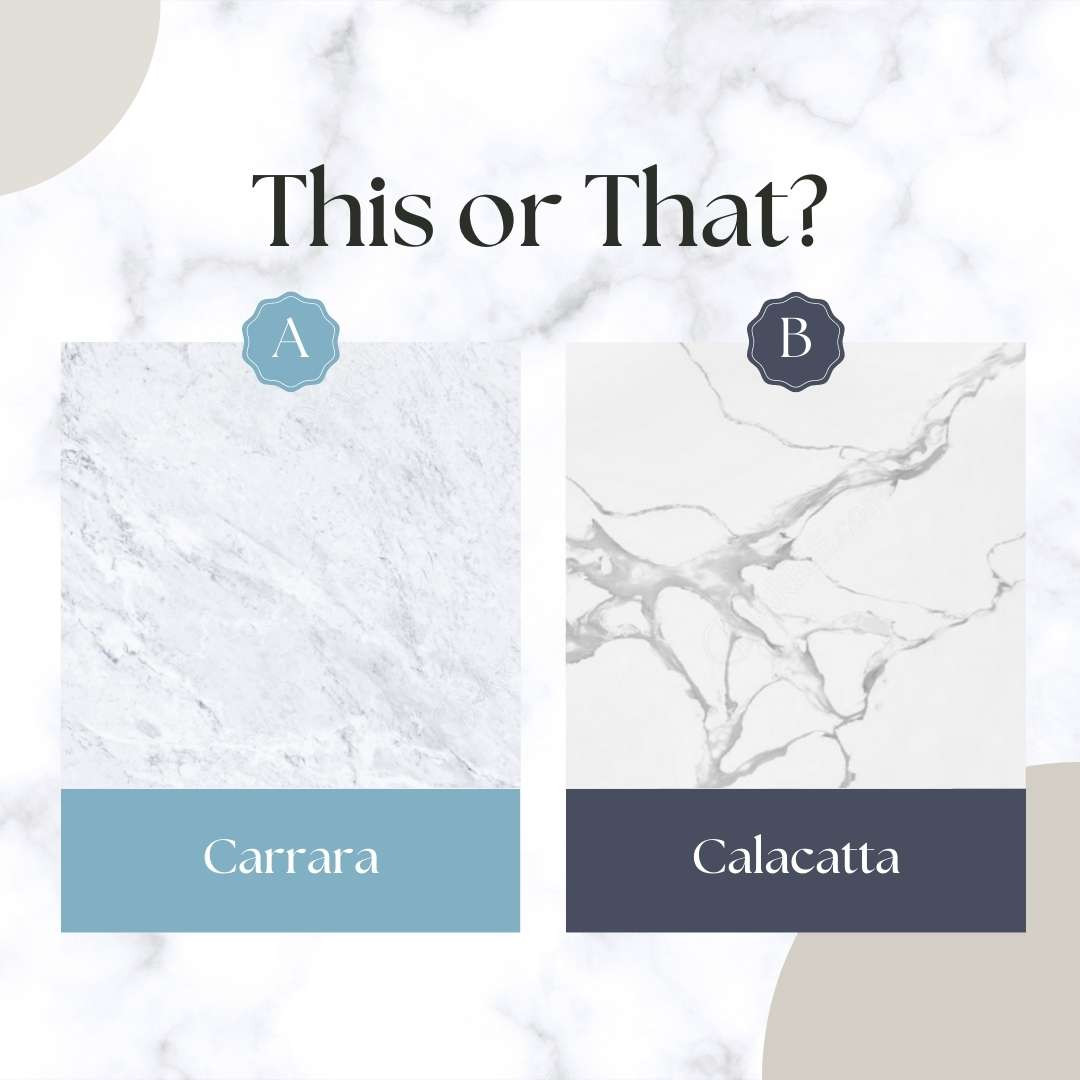
Deciding between Carrara and Calacatta is less an option of which stone is better, and which is more feasible affordable and what is the purpose of the stone.
Carrara is better for homeowners who want a nice marble stone for their home. Something pleasant to look at and share with their friends and family, they have a marble countertop in their kitchen, bathroom, or wherever.
Calacatta is better for professionals or people interested in showing off the high-end luxury of what the stone offers. It fits a specific theme of professionalism and extravagant living that will dazzle people with glitz and glamor. Calacatta marble is best used in spaces where it will not be used often, but easily seen at all times.
Better is always subjective when it comes to interior design. Some people may really want a slab of Calacatta marble because they want the ritzy lifestyle it is associated with, while some may be happier with a small piece of Carrara to serve the same job.
Carrara vs. Calacatta Summary
|
Similar Attributes |
|
Both marble stone |
|
Both metamorphic rocks from limestone |
|
Both from Carrara, Italy in the Tuscany region |
|
Both has similar marble structure integrity |
|
Both can be used throughout the home, mainly indoors |
|
Different Attributes |
Carrara |
Calacatta |
|
Design |
Soft white Gentle shading Light gray-blue veins |
Brighter white Bold veins Dark gray, brown, or gold veins |
|
Availability |
Common |
Rare |
|
Cost per square foot |
$40-$75 |
$100-$180 |
|
Placement |
Residential use with light traffic |
Professional use or low traffic areas |
There is no wrong choice deciding between Carrara or Calacatta marble stone. Both stones will upgrade your home into a stunning space of superb splendor that will be the talk of all conversations. But hopefully you have a better way of differentiating between the two, so you can educate others and surprise them with your knowledge of marble stone.











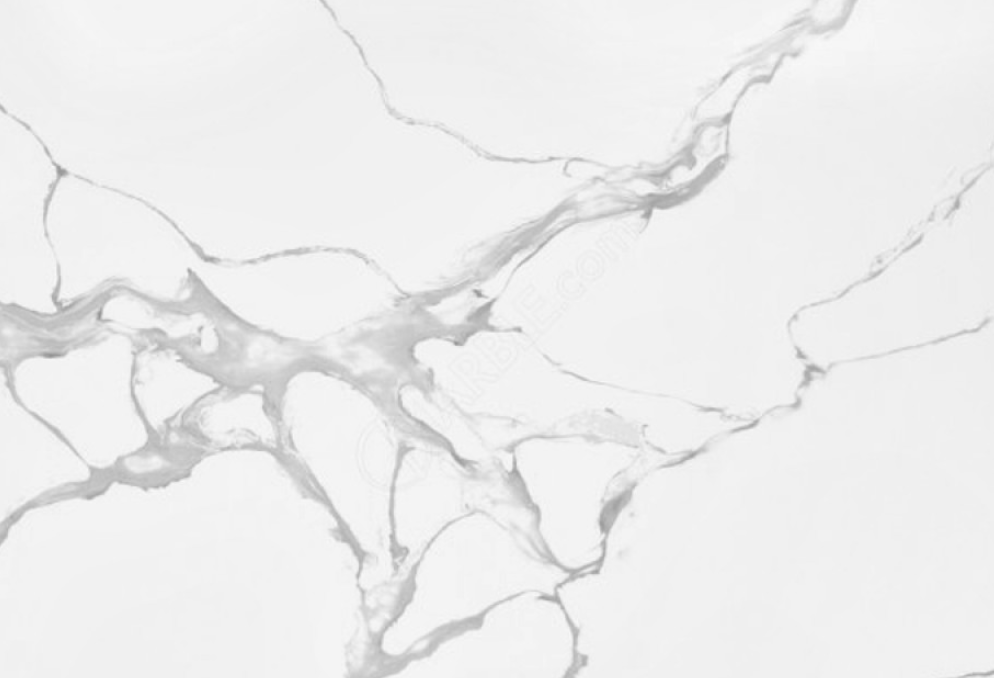



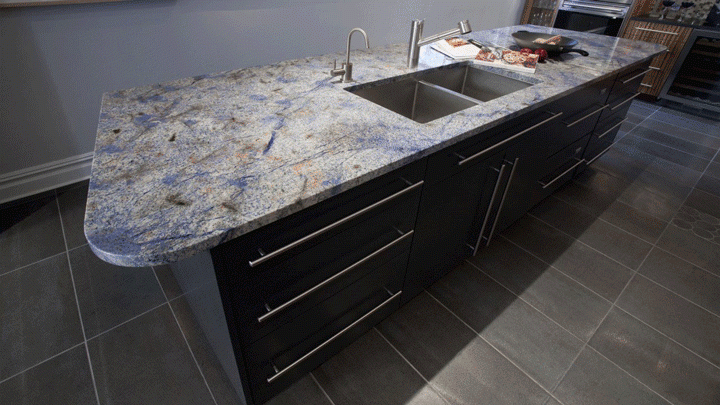
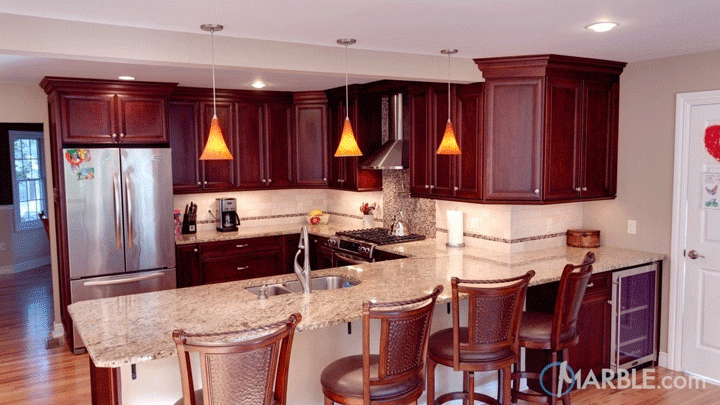
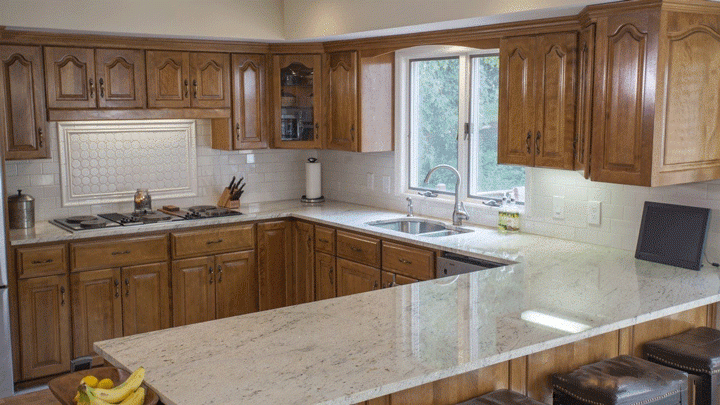
 The article helped me immensely
The article helped me immensely
 I’m now more informed on the subject
I’m now more informed on the subject
 I have questions about Marble.com
I have questions about Marble.com
 The article was not accurate at all
The article was not accurate at all
 There is a serious lack of information
There is a serious lack of information
 I have questions about Marble.com
I have questions about Marble.com